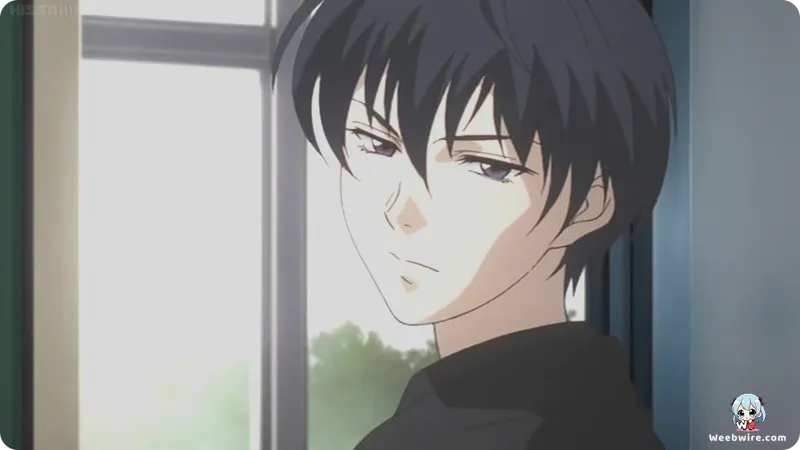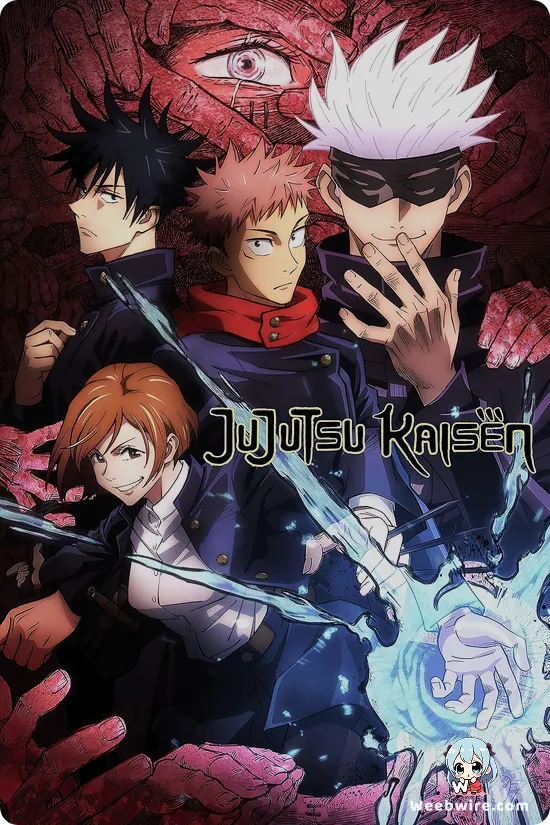Beyond the Veil: Unmasking the Darker Origins and Hidden Genius of the Cult Classic Anime 'Ghost Hunt'

The 2006 anime adaptation of Ghost Hunt, produced by J.C.STAFF, holds a distinct, often underappreciated position within the supernatural horror genre. While many viewers are captivated by the engaging, episodic investigations and the dynamic rapport among the Shibuya Psychic Research (SPR) crew, several fundamental facts regarding the series’ profound origins and unique production decisions remain largely unknown, adding significant depth to its chilling mythology.
The Darker Origins of the Akuryō Series
The true genesis of the narrative traces back far beyond the commonly recognized manga illustrated by Shiho Inada. The original source material is Fuyumi Ono's Akuryō Series of light novels, which first terrified readers as far back as 1989. This places the foundation of Ghost Hunt decades ahead of many contemporary horror franchises. Crucially, Ono’s original prose is renowned for its significantly darker tone, leaning heavily into profound psychological terror rather than simple jump scares.
While the J.C.STAFF anime successfully captures the spooky atmosphere, it notably softens the more harrowing, explicit elements of dread and distress present in Ono’s early literary works. This thematic approach is also evident in her later masterpiece, Shiki. Fans who explore these original novels encounter a bleaker reality for Mai, Naru, and the team, underscoring Ono's formidable command of the horror medium.

J.C.STAFF's Unconventional Pivot
Adding to the series’ unexpected profile is the production studio itself. J.C.STAFF, historically celebrated for producing wildly popular romantic comedies, slice-of-life titles, and harem shows, such as the iconic Toradora! and the A Certain Scientific Railgun franchise, made a surprising pivot into the realm of paranormal mystery with Ghost Hunt. This unconventional pairing proved advantageous, resulting in an adaptation that balanced high visual fidelity and expressive character animation with the necessary eerie atmospheres, ensuring the ensemble cast’s chemistry and comedic relief prevented the constant dread from becoming overwhelming.
Scientific Skepticism and the SPR Team
The thematic core of the SPR team provides fascinating insight into the show's structure. Diverging sharply from typical supernatural fare that rushes toward immediate exorcism, Ghost Hunt champions rigorous scientific methodology. Kazuya Shibuya, the enigmatic leader known as Naru, consistently employs state-of-the-art equipment, including thermal cameras, sound recorders, and electromagnetic field detectors, to actively debunk phenomena.
This foundational commitment to scientific skepticism, prioritizing the search for mundane explanations before reluctantly confirming supernatural causality, grounds the horror in a reality-based framework, making the scares immensely more impactful when they inevitably strike.
Mai and Naru's Hidden Depth
Furthermore, protagonist Mai Taniyama, initially presented as a mere high school observer, gradually reveals latent psychic abilities, including channeling and crucial precognitive dreams. A subtle yet vital detail is the deliberate understatement of her powers compared to the established mediums on the team. Her struggle to control her gifts keeps the focus firmly on the investigative process, while her cryptic dreams, particularly those concerning Naru, often unlock vital clues.
Speaking of Naru, the plot twist surrounding his true identity, Kazuya Shibuya, and his immense, world-class psychic power, far exceeding his colleagues' abilities, reveals a complex global history involving powerful psychics and research groups. His reserved demeanor is not merely a quirk but a necessary facade to conceal his exceptional abilities, validating his nickname, Naru the Genius.
A Masterpiece of Atmosphere
Finally, the series’ cult status is solidified by its masterful atmospheric design. Composer Toshio Masuda, known for his work on Naruto and Mushishi, utilized silence, sharp sudden sounds, and unsettling background music to maximize discomfort. The visual presentation of ghosts, often kept blurry, fleeting, or distorted, targeted psychological horror rather than relying on cheap jump scares, cementing Ghost Hunt as a meticulously crafted and enduring classic.
Credits
Ghost Hunt
Author
Fuyumi Ono
Cover Art
Shiho Inada
Studio
J.C.STAFF
Publisher
Kodansha
Producers





